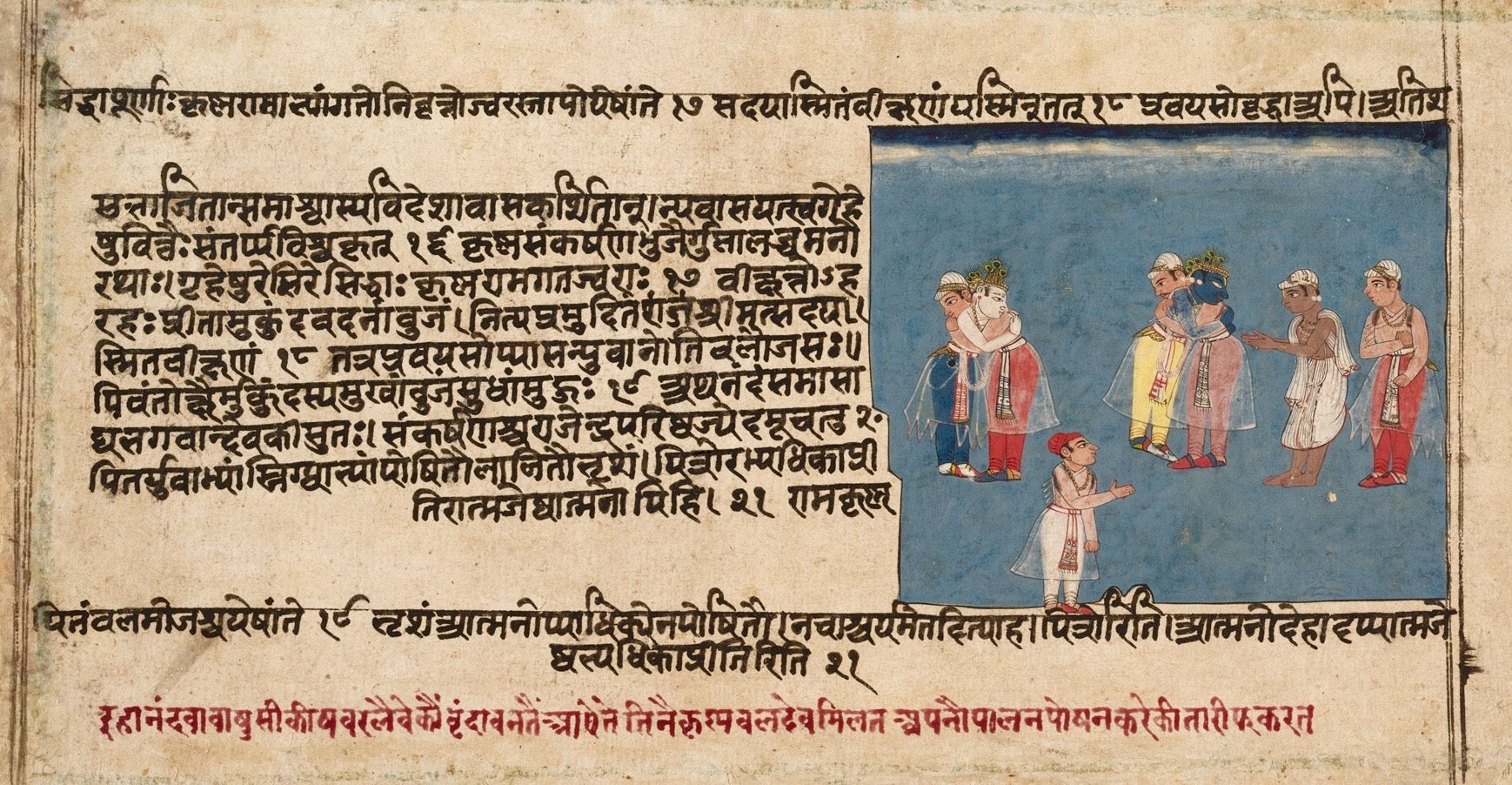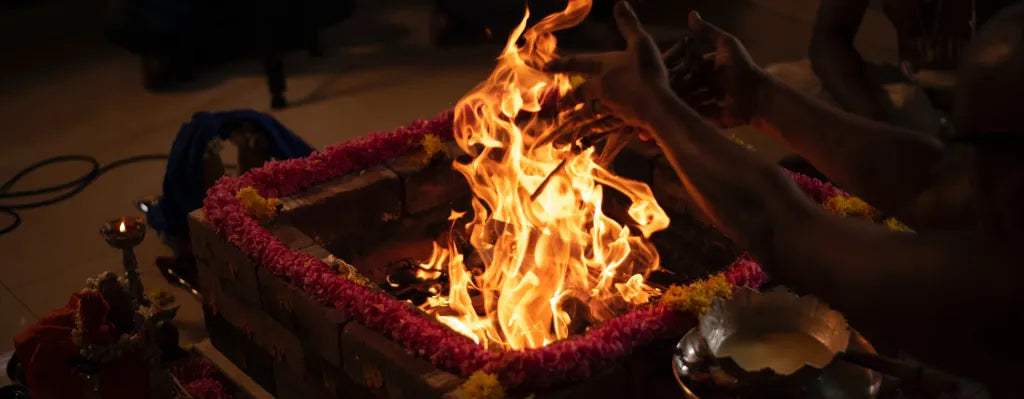
Discovering the Symbolism and Allegories in Puranic Stories
The Puranas, a genre of ancient Hindu scriptures, abound with captivating stories and narratives that go beyond mere historical accounts. These mythological tales are replete with profound symbolism and allegorical representations, providing readers with a deeper understanding of spiritual truths and philosophical concepts. In this blog, we embark on a journey to explore the hidden symbolism and allegories within Puranic stories, unraveling the profound wisdom they hold and their significance in shaping spiritual understanding.
- The Power of Allegory
Allegory is a powerful literary device used in the Puranas to convey complex ideas and moral lessons through symbolic representation. By using characters, events, and situations as metaphors, the Puranas go beyond the literal interpretation, encouraging readers to delve deeper into the underlying meanings of the stories.
- Divine Incarnations (Avatars)
The Puranas narrate stories of divine incarnations (avatars) where gods descend to earth to restore cosmic balance and uphold dharma (righteousness). Each avatar represents a specific aspect of the divine and embodies a particular virtue or cosmic function.
For instance, Lord Vishnu's avatar as Rama in the Ramayana symbolizes the ideal ruler, the embodiment of dharma, and the triumph of good over evil. His avatar as Krishna in the Mahabharata embodies divine love, wisdom, and the fulfillment of destiny.
- Cosmic Battle of Good and Evil
The epic battle between good and evil is a recurrent theme in Puranic stories. It serves as an allegory for the inner struggle between virtue and vice within individuals. The battles of the gods and demons represent the eternal conflict between positive and negative forces in the universe.
The story of the churning of the ocean (Samudra Manthan) is a powerful allegory where the gods and demons unite to churn the cosmic ocean to obtain divine nectar. This represents the arduous process of inner transformation, symbolizing the effort required to attain spiritual enlightenment.
- Deities as Archetypes of Human Qualities
The gods and goddesses in Puranic stories embody various human qualities and virtues, making them archetypal figures. For example, Lord Shiva's act of consuming poison during the churning of the ocean symbolizes the capacity to endure pain and negativity for the greater good.
Goddess Saraswati, associated with knowledge, music, and arts, represents the pursuit of wisdom and learning. These divine archetypes serve as models for human behavior and moral conduct, guiding individuals on the path of righteousness.
- Symbolism in the Cosmic Elements
The Puranas often use cosmic elements like the sun, moon, and rivers as symbols of spiritual principles. The sun represents illumination, knowledge, and enlightenment, while the moon signifies the mind and its varying phases. Rivers symbolize the flow of life and the journey towards spiritual realization.
- The Journey of the Soul
Puranic stories frequently depict the journey of the soul through different lifetimes (Samsara) and its quest for liberation (Moksha). Each narrative serves as an allegory for the soul's progression through various experiences and lessons, ultimately seeking union with the divine.
Conclusion
The Puranic stories go beyond mere entertainment, offering readers a profound spiritual journey filled with symbolism and allegories. These narratives serve as windows into the deeper truths of existence, guiding seekers on the path of self-discovery and enlightenment. Through divine incarnations, cosmic battles, and archetypal deities, the Puranas teach valuable life lessons, moral principles, and the significance of dharma.
As readers delve into the rich symbolism and allegories within the Puranic stories, they unlock the hidden wisdom that has been passed down through generations. This timeless knowledge continues to inspire and enrich the lives of millions, resonating with the eternal quest for spiritual understanding and truth.
By Nishita Khanna
(The images used in this blog post are not owned by Anime Devta, they are just to help the readers)

